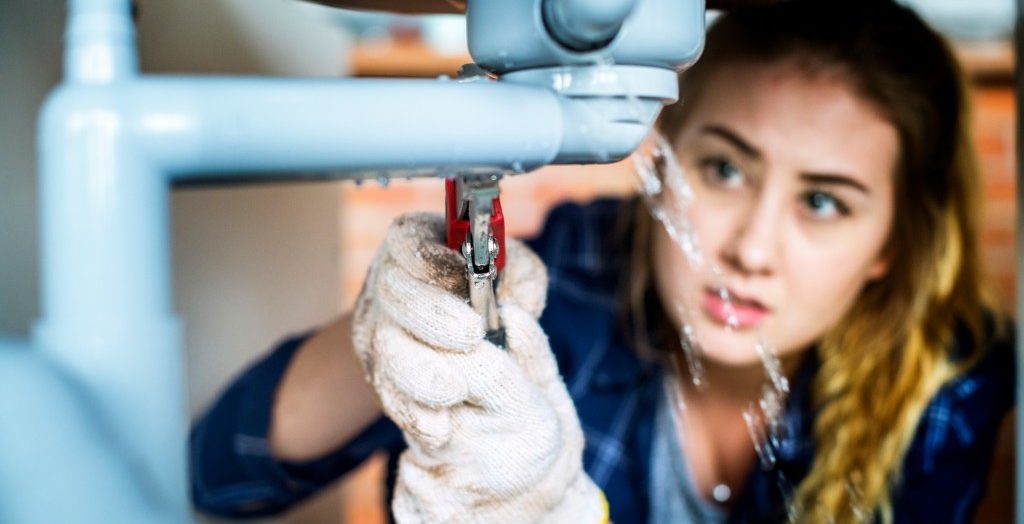Effects of Water Damage
Water damage is a serious yet often overlooked issue in most commercial buildings, and they’re usually only addressed when it’s already too late. Commercial buildings use a larger amount of water than homes, not to mention the amount of condensate being produced by the building’s HVAC system when regulating the temperature within the building.
Water can cause warping in wooden building materials, and can even deteriorate concrete, especially if they’re not water-sealed properly. Water damage can also lead to very unpleasant smells caused by mould and bacteria thriving in moist environments. And not only can water affect ceilings by and walls, but it can also short circuit any electronics within walls and ceilings. This results in financial losses due to expensive repairs, and can also affect the health and comfort of those within your commercial establishment.
As such, we’ll be taking a look at different tips to help commercial building owners and managers prevent water damage before they end up destroying the structure:
#1 Regular Pipe and Plumbing Inspection and Maintenance
The best way to prevent water damage from plumbing is by scheduling an annual (or even biannual) inspection of your building’s entire plumbing system. Understandably, this can take a lot of time to do, and you may even be forced to temporarily close off the building or sections of it while it’s being maintained, but you also have to keep in mind how much money you’ll be saving by doing so instead of having to repair both the damaged parts of the building and its plumbing if water-related issues aren’t addressed promptly.
#2 Water Filtration and Heating Systems
It’s not only the pipes and plumbing that you have to worry about but also your building’s water heating and filtration systems. These systems handle huge amounts of water and can result in both poor water heating and filtering as well as costly leaks. The worst-case things that could happen if you fail to maintain these systems are system failures and even explosions. The latter may not be common. However, they are still a real and ever-present risk especially for older systems and in areas that have ‘hard’ water which leads to sediment build-up, clogging, pressure buildup and, ultimately, an explosion that can damage your commercial structure and even injure those inside it (or worse).
#3 HVAC Drainage

Condensate builds up in your HVAC system that needs to be flushed out to avoid leaks and water damage. Unfortunately, many (older) HVAC systems rely on gravity to remove any condensation that builds up in the system and redirect the condensate to your building’s drainage system. Still, this setup often fails, especially if not maintained regularly. As such, it’s recommended that you install an air conditioner drain pump to guarantee that condensate from your AC system are effectively fully removed before they can cause water damage to your walls, floors, and ceilings.
The Takeaway
For the health and safety of those within your commercial building, it’s paramount that you take particular attention to the threat of water damage from faulty plumbing or poor HVAC drainage before it worsens. So make sure that you follow these water damage prevention tips to preserve the integrity and safety of your commercial structure.






